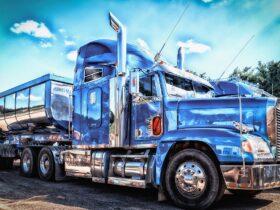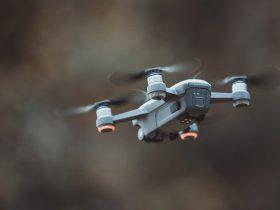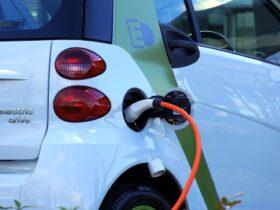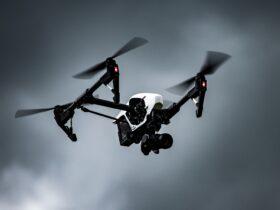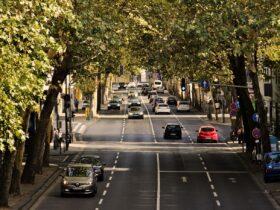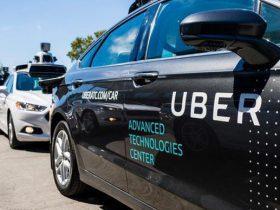Mercedes-Benz and BMW have been the fiercest of rivals for more than a hundred years. Now, they’re teaming up to pursue the future of mobility together. In a surprise announcement, Daimler and BMW revealed plans to merge their respective mobility services business units and strategically expand their existing mobility offerings in the areas of car-sharing, ride-hailing, real-time parking, electric vehicle charging and on-demand mobility.
Specifically, the companies will fuse their car-sharing companies, Car2Go and DriveNow. They’ll combine their respective ride-hailing outfits, mytaxi, Chauffeur Privé, Clever Taxi and Beat. BMW’s ParkNow and Daimler’s Parkmobile Group/Parkmobile LLC will become one, as will BMW’s ChargeNow and Daimler’s Digital Charging Solutions. The companies will integrate their on-demand mobility services moovel(Mercedes) and ReachNow (BMW). Each company will hold a 50% stake in the joint venture. The deal is pending regulatory approval and the two companies promise to remain bitter competitors as carmakers.
In other news, a week after a self-driving Uber struck and killed a pedestrian in Tempe, Arizona, fallout continued for the ride-hailing company. Arizona Governor Doug Ducey called the accident “disturbing and alarming”and told Uber that it was no longer welcome to test its self-driving cars on Arizona roads. The California DMV announced that it would not renew Uber’s test permit for self-driving cars until Uber addresses all follow-up analysis of the Tempe crash. Uber had already grounded its entire self-driving vehicle fleet and Nvidia, which supplies Uber with the graphics processing unit for its self-driving tech, followed suit last week when it suspended all public testing of its own self-driving vehicles, even though it simultaneously sought to distance itself from Uber’s technology in the wake of the crash.
Waymo said that its technology would have avoided the crash, no problem. Mobileye made the same assurance and Lyft said that both the Uber car and the safety driver behind the wheel should have been able to avoid the crash. That seems to have sufficed for now to allow these companies to keep testing their cars on public roads but pressure will continue to mount on the sector as more fatal accidents continue to pile up, as they inevitably will. See Robots will make fatal mistakes, Continental concedes.
Speaking of mishaps, a Tesla Model X engaged in autonomous mode slammed into an impact attenuator on California Highway 101 last week, killing its driver. Tesla has put out its usual response, that the mode requires human intervention. In this case, it doubled down on deflection, pointing out that the driver had set the adaptive cruise control follow distance to a minimum and that the system had warned the driver to intervene and, also, that the attenuator had been damaged previously. The driver, Walter Huang, was an engineer at Apple and, his family alleges, had taken his car to the Tesla dealership several times to complain that autonomous mode was not functioning properly.
Meanwhile in San Francisco a self-driving Chevy Bolt was slapped with a ticket from the SF Police for failure to yield to a pedestrian. General Motor’s Cruise Automotivedisputes that its technology did anything wrong. “Safety is our priority in testing our self-driving vehicles,” it said in a statement. “California law requires the vehicle to yield the right of way to pedestrians, allowing them to proceed undisturbed and unhurried without fear of interference of their safe passage through an intersection. Our data indicates that’s what happened here.”
With all of this going on, it was easy to forget about the New York Auto Show, the largest car show in North America. The showstopper was Jaguar’s all-new, all-electric I-PACE, which debuted at Geneva but showed up in New York with a new logo emblazoned on its side: Waymo. The two companies announced that up to 20,000 I-PACEs with Waymo self-driving tech will be built in the first two years of I-PACE production and that these vehicles will become the first all-electric vehicles in Waymo’s driverless fleet. On-road testing will begin later this year.
Hyundai unveiled its first electric crossover for the US market, the Kona Electric. The EV has an estimated range of 250 miles on a single charge and comes packed with advanced driver assistance features, such as lane keeping assist, blind-spot collision warning and forward collision-avoidance assist with pedestrian detection, all under the Hyundai Smart Sense umbrella. The car also features Hyundai’s Blue Link connected car system.
Finally, across the country, EV start-up and potential Tesla rival SF Motors unveiled a medium-sized crossover SUV called the SF5 that will be available for pre-order by the end of 2018 and will ship in 2019. The SF5 has impressive specs: it claims a 0 to 60mph sprint in under three seconds and has a powertrain with 1,000 horsepower. It also will feature what SF Motors calls “protective autonomy”, which combines deep neural network-based computer vision and LiDAR to power Level 3 autonomy.
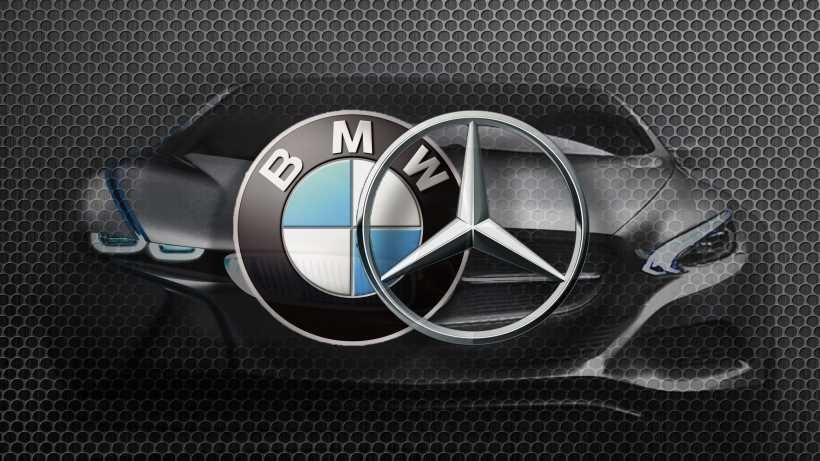
BMW and Daimler merge their mobility companies
Posted by
admin
7 years Ago
7th April 2018
Shares
What’s your reaction?
Shares
admin


